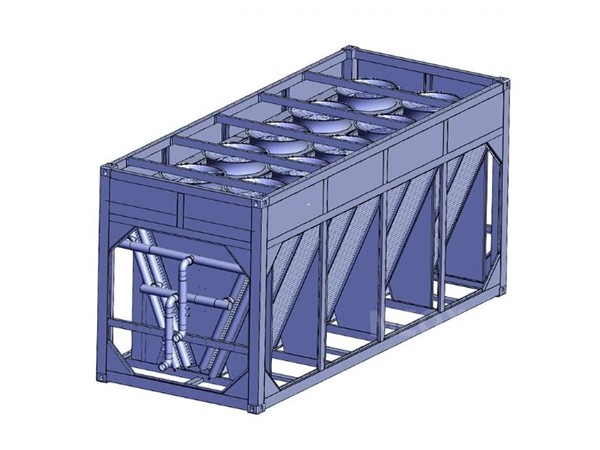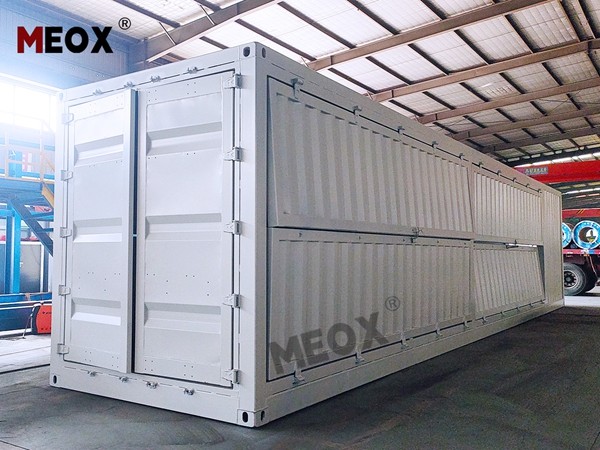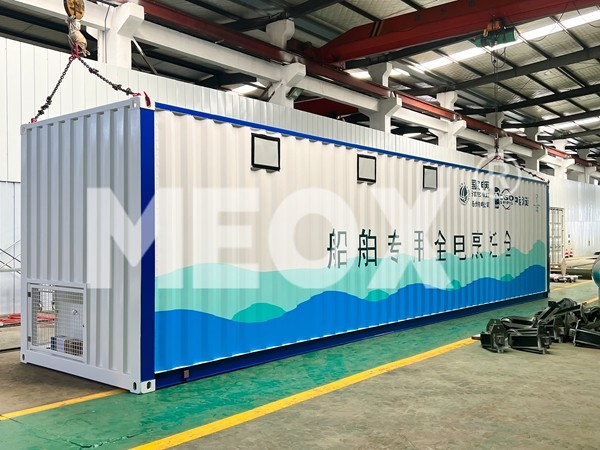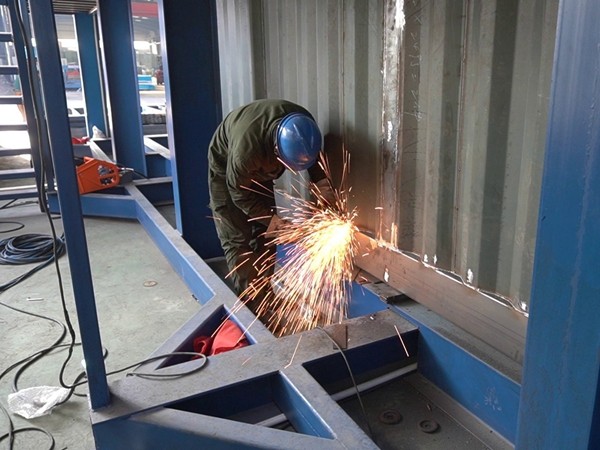Building a shipping container home has become an intriguing and cost-effective alternative to traditional housing, capturing the interest of budget-conscious individuals and sustainable living enthusiasts. While these homes offer a unique design appeal and robust structure, understanding the true cost of building one is essential to ensure successful execution. Below is a comprehensive breakdown focusing on real-life experiences and expert insights into the expenses associated with constructing a shipping container home.

The initial cost consideration in building a shipping container home is, naturally, the containers themselves. Shipping containers vary in price depending on size and condition. On average, a new 20-foot container costs around $3,000 to $5,000, and a 40-foot container ranges from $5,000 to $8,000. For a used container, prices can be significantly lower, from $2,000 for a 20-footer. However, it is crucial to verify the container’s structural integrity, as damages may incur additional repair costs.
Site preparation and foundation setting are the next pivotal cost factors. Shipping container homes require a level and sturdy foundation to support their weight, involving excavation, concrete pouring, or even helical piers for more challenging terrains. Foundation costs can range from $5,000 to $10,000 depending on site complexity and foundation type.

The design and planning phase presents another significant expense. Consulting with architects and engineers who specialize in container structures is important to ensure safe and functional designs. Their expertise might cost between $50 to $200 per hour, and overall design service fees can total from $5,000 to $15,000, depending on project complexity.
Transforming the container itself into a habitable space constitutes a major portion of the expense. Insulation is paramount, as containers are not initially built for human occupation. Options range from spray foam to eco-friendly materials, typically costing $1,000 to $2,500 per container. Windows and doors, essential for light and ventilation, might add an additional $3,000 to $6,000. Electrical wiring, plumbing, and HVAC system installation generally total between $10,000 and $25,000, forming the core of the home’s functionality.
Interior finishing costs vary based on personal preferences but generally involve expenses for flooring, wall coverings, fixtures, and cabinetry. Budget-conscious builders might spend around $10,000 to $25,000 for simple, functional interiors, whereas more luxurious finishes can hike costs above $50,000.cost to build a shipping container home
External modifications and aesthetics such as roofing, siding, and painting also demand attention. A protective roof built over the containers can manage rain runoff effectively and ensure sun protection, typically adding $5,000 to $10,000 to your bill. Durable siding or external painting to further waterproof and blend the structure into its surroundings also contributes substantially to overall costs.
Moreover, permits and regulatory compliance are often overlooked yet necessary expenditure components. Costs here vary widely based on local authority requirements, ranging from $1,000 to $3,000. It is vital to research and adhere to local zoning laws and building codes from the outset to avoid future complications.
Furthermore, transportation and site delivery of containers can add significant expenses depending on distance from the port—averaging between $1,000 to $5,000 per container.
Finally, unforeseen costs can arise, making it essential to allocate an additional 10% to 20% of the project cost as a contingency reserve for unexpected developments.
In conclusion, while the charm of shipping container homes lies in their relative affordability and unique aesthetic, the costs can still amount to a substantial investment, ranging approximately from $50,000 to beyond $150,000. Incorporating real-life considerations, expert planning, and diligent budgeting will ensure your shipping container home project is both cost-efficient and a true reflection of your lifestyle aspirations.






